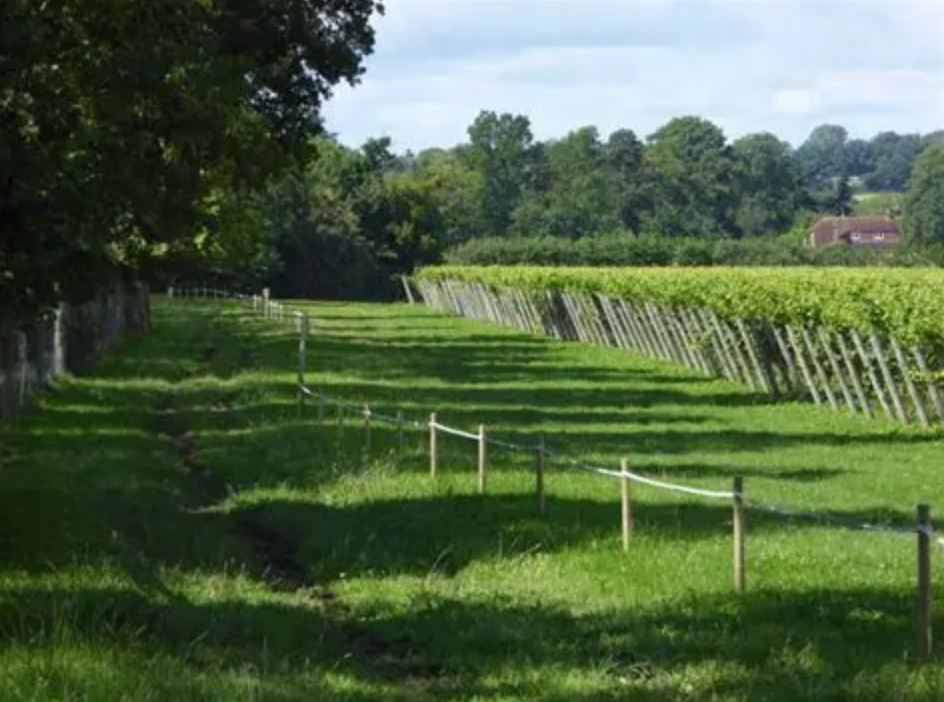Bacchus is a white grape variety created at the Geilweilerhof Institute for Grape Breeding in Germany’s Pfalz by viticulturist Peter Morio in Germany in 1933 by crossing a (Silvaner x Riesling) crossing with Müller-Thurgau. Named somewhat hopefully after the Roman god of wine, the newly-created name for the just as newly-created grape variety has turned out to be an apt choice, given the recent surge in popularity of Bacchus (the grape) and its wines.
Like many crossings, Bacchus was originally developed in order to address a viticulture need (or better to say, “what was thought to be at the time a need”: in the past, that might have been bigger yields and quality be damned, so you understand that “a viticulture or winemaking need” is very much in the eye of the beholder). In this specific case, the need was a real one (and therefore good to do something about it), that being of a grape that could thrive in cooler climates. Clearly, that kind of grape is just what the doctor ordered for a place like England, where cool days are not at a premium and where, to quote the Beatles, “… you get a tan from standing in the English rain”. Therefore, it is no surprise that Bacchus has become one of Albion’s most successful and widely planted varieties.





